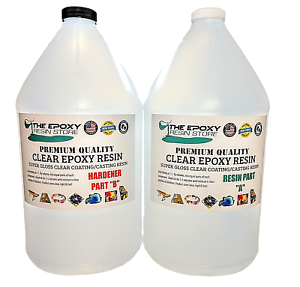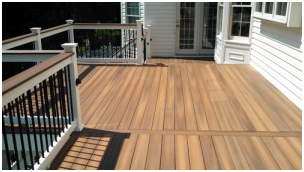Take an equal ratio of Resin and Hardener in a dry cup. Pour Resin on the Hardener carefully. Make sure that there are no leftovers in the cup. Stir the mixture completely by using a Popsicle stick. Mix it until the lines appear and it turns a little cloudy. You can see what happens with chemicals in it. Do not leave any grooves in the bottom, scrape it thoroughly for a while until it looks pretty clear and transparent. It heats up, degasses and the bubbles pop. If needed, add some attractive colors and glitter to it, stir it wholly. Leave the mixture for a minute. Pour the mixture into a mold (any shapes and size of the mold you can use) you can also write on it with a CD marker and add a dry flower or tiny things on it to embellish it. Let it cure for 72 hours at room temperature in a dry place.
Training program
Whether you believe it or not, I was a trainee with resin. So I am sure you figure that out before now, but I tell you this, because when I was started with resin, I did make some mistakes. At the time my teacher had stressed some important kit about resin to help stay away from those problems.
Okay, beginners, I am trying to construct for how I was taught and do not want you to practice the stimulation of your first resin castings turn into distress and annoyance when you find a guppy, close, what did I make wrong, kind of disorder. These common things are beginners who make mistakes with resin.

I wise to help people with their projects. I distribute in their idea and excitement of creating something outstanding all until I acquire to the end of someone’s request when they expose and I have never done this earlier than. Do you have any indicators? Imagine taking an archery class. What I am trying to say here is to go easy. Start miniature. You can get this, and good at the basics first. If you are a beginner with resin, should put effort on Resin Tutorial .
Advantage of tutorial
The epoxy may take a variety of fillers, essentially anything immobile and free of moisture… talc, Fillet, marble dust, metal powders, etc. I have read that all these mixed into epoxy should even make good, clay-like putty. This is usually advice with epoxy. This has been an advantage because it means that the reliability can be judged as one’s adding.
This resin element has a much longer step life compared to other resins sometimes up to three years, even though the manufacturers usually jump to define it as one year.
Like one should imagine, one pays for the advantage for a long pot-life by having to wait much longer for the cure and, as mentioned, with some it could be a two days before the spread can be safely remolded. It also means that epoxy is not so fit for mud or rot- casting methods, particularly by hand unless you want to sit there doing it for more than one hour.





